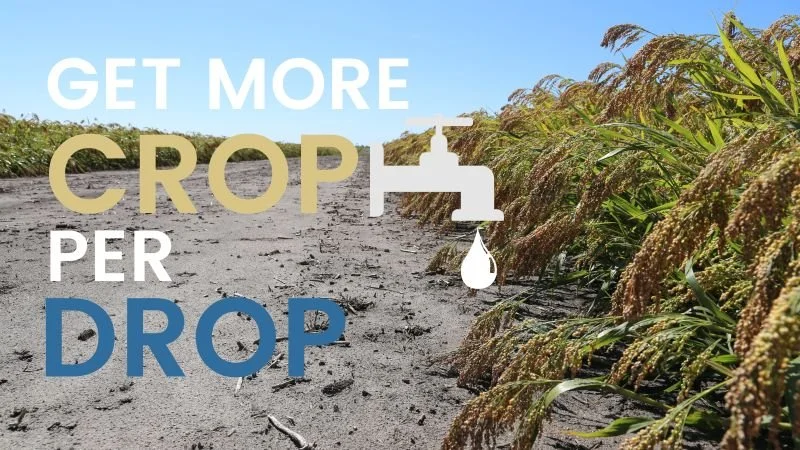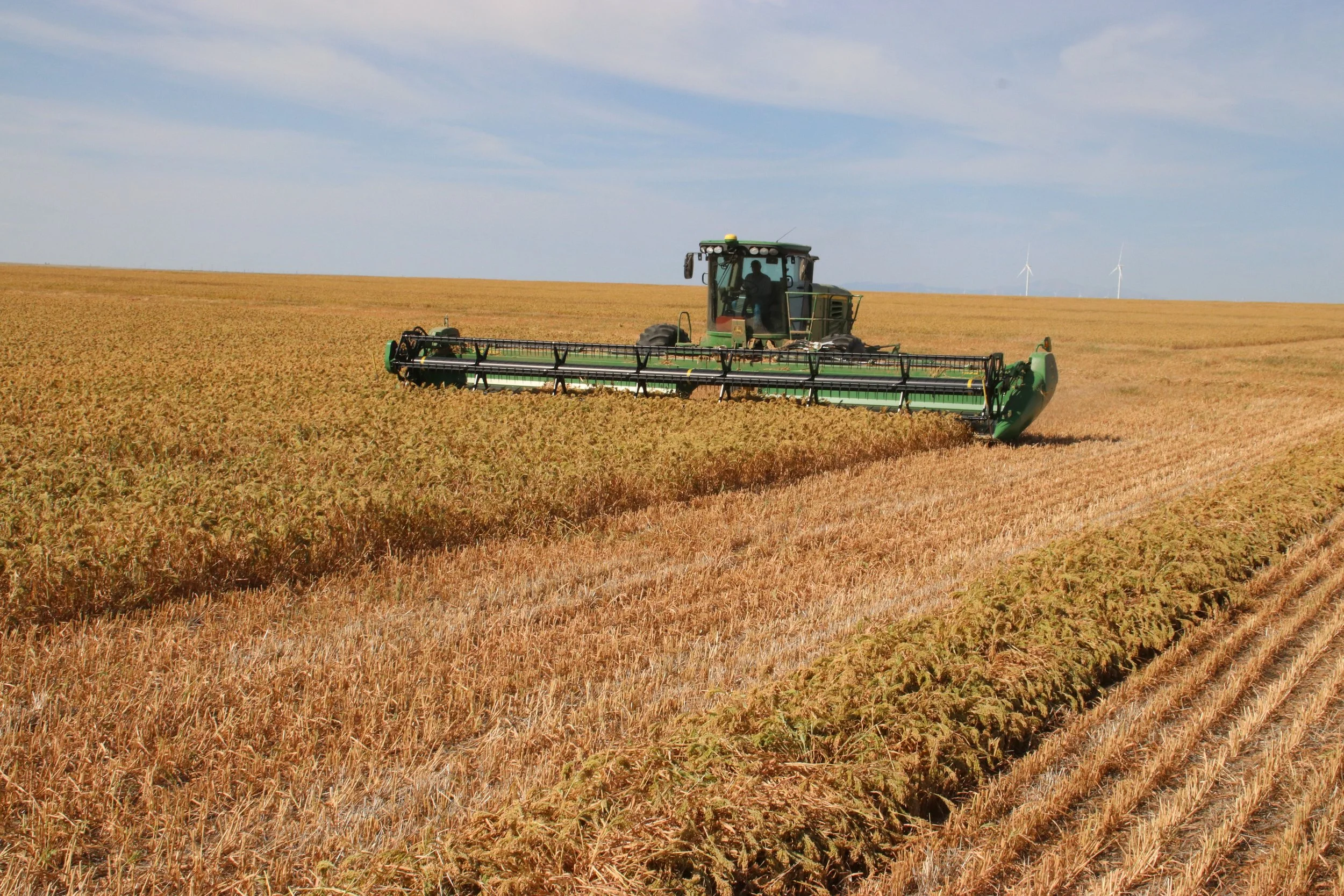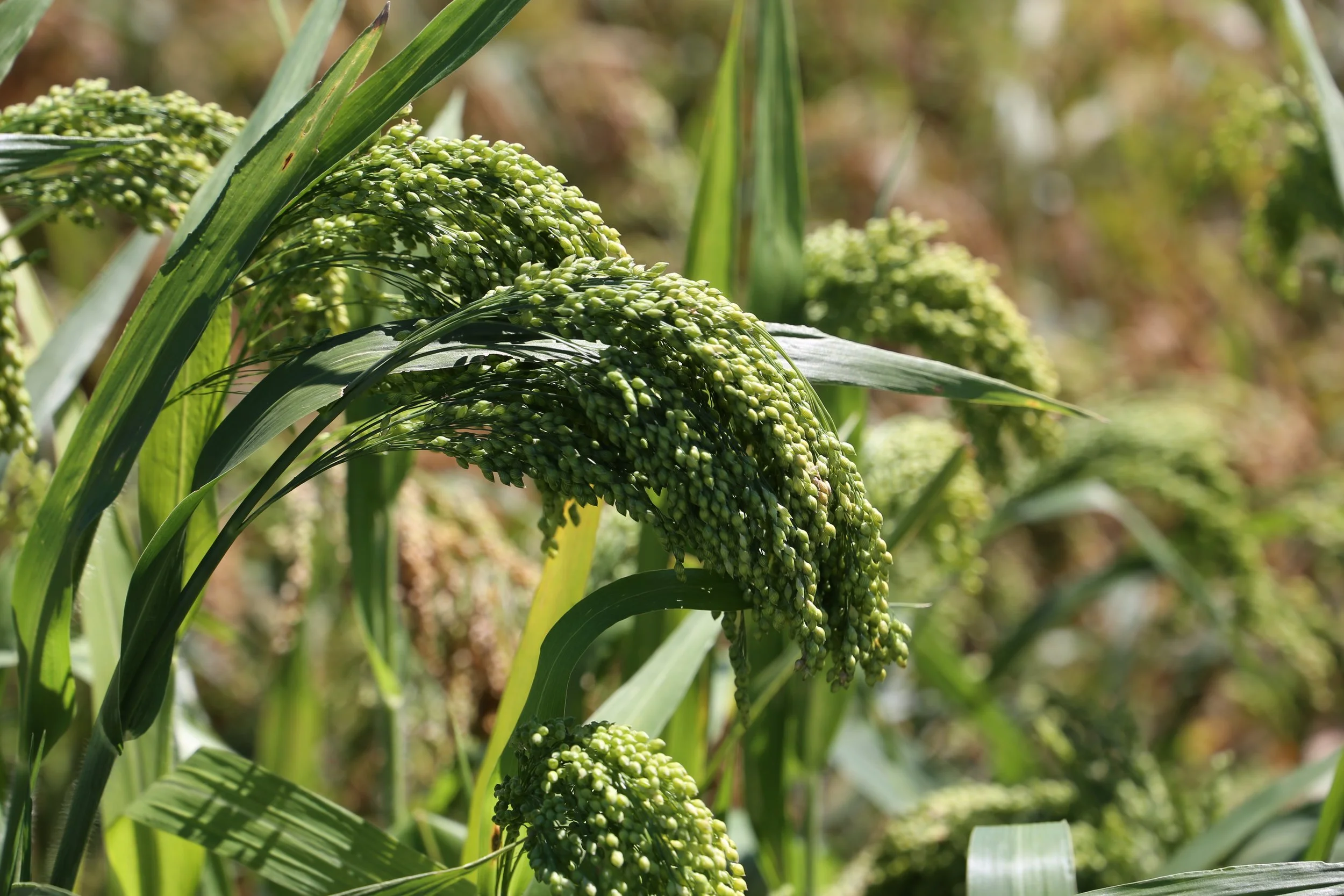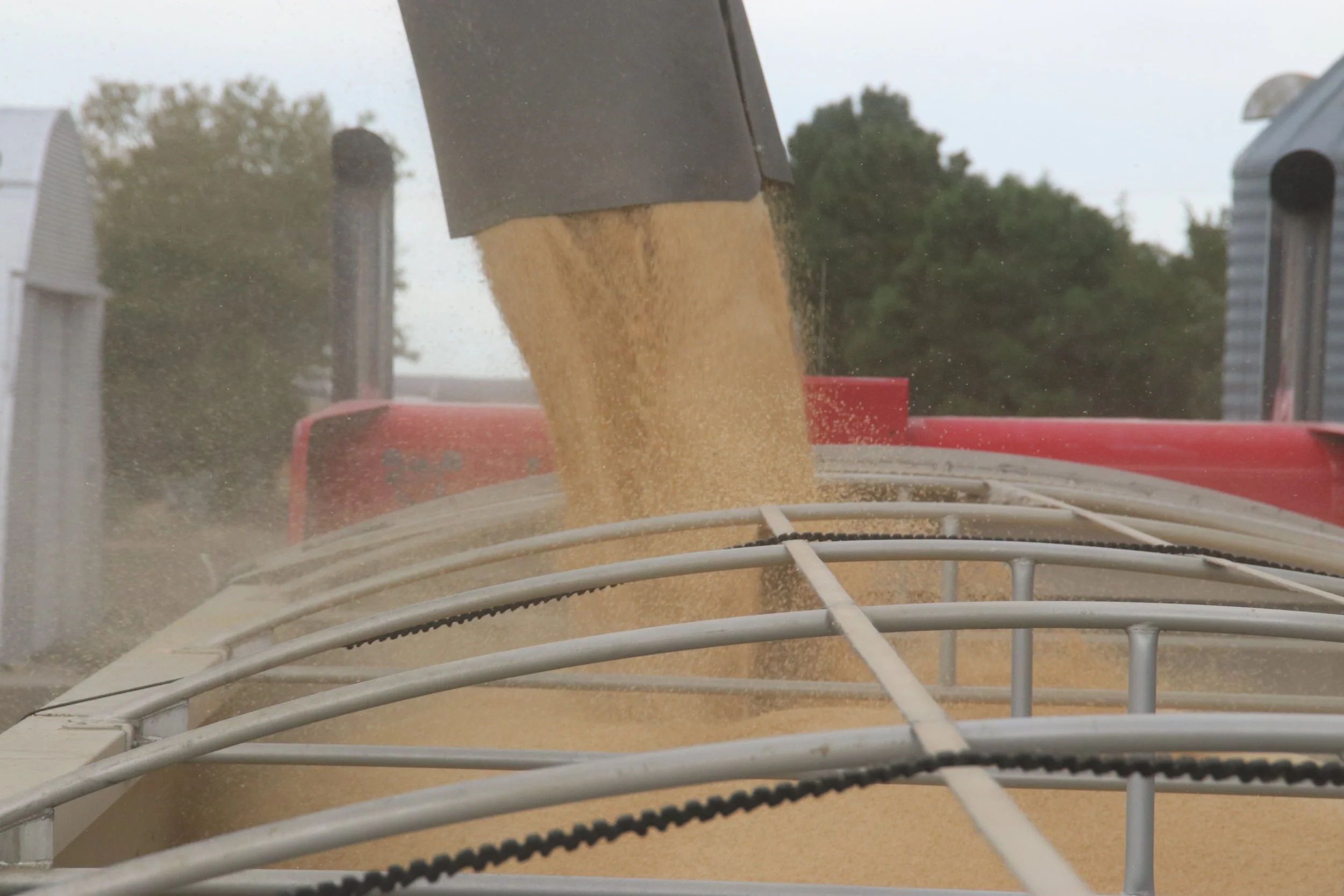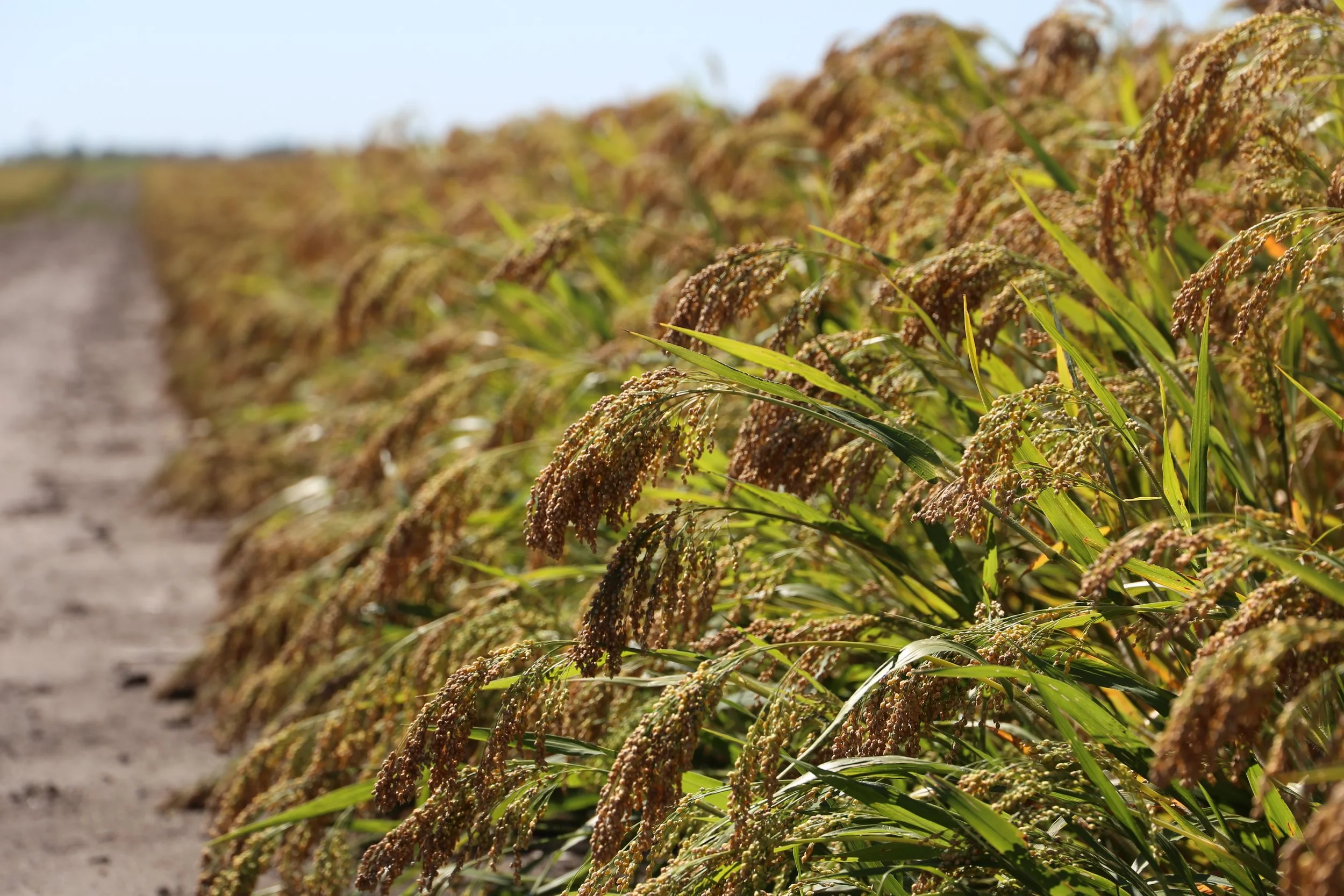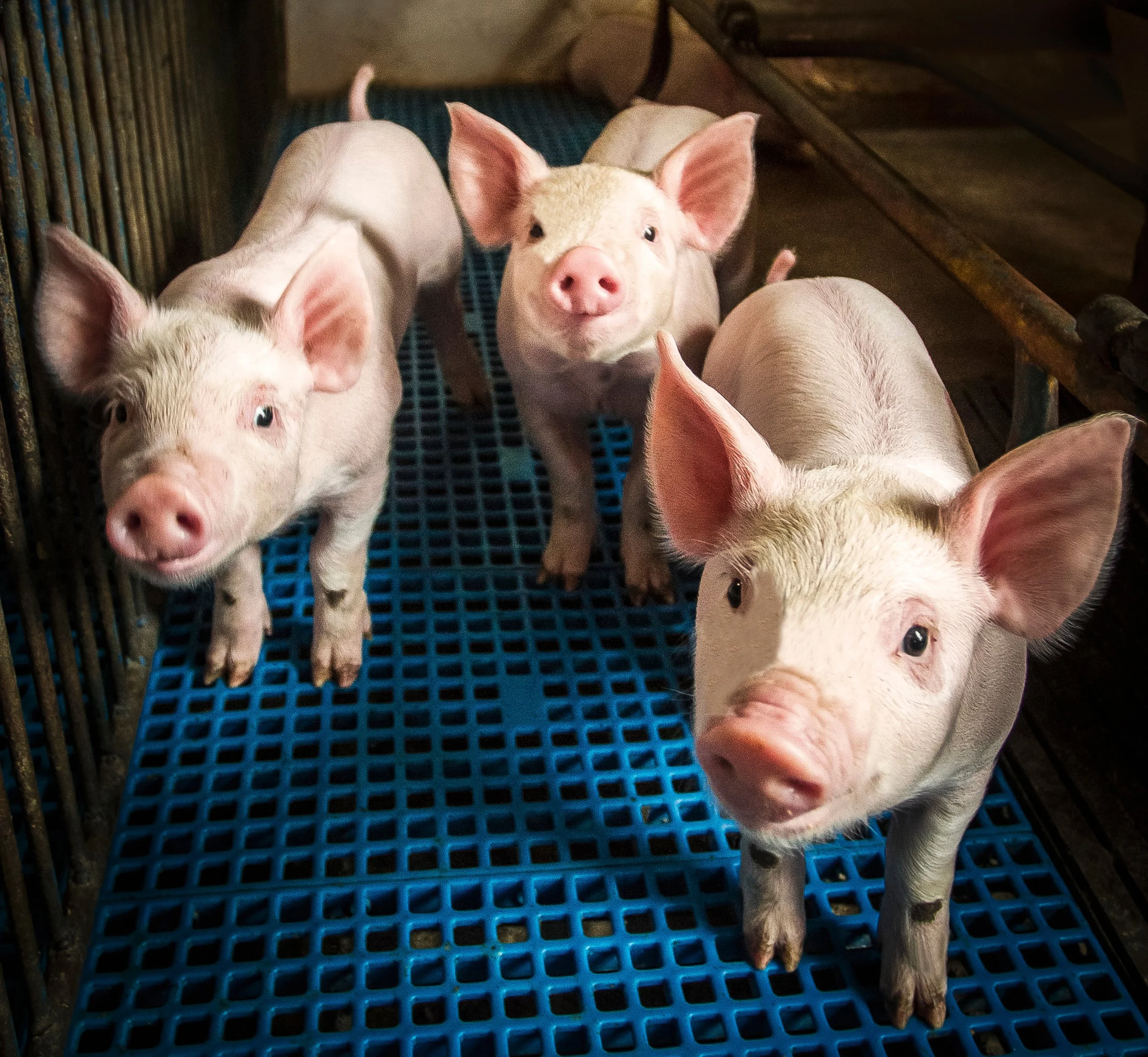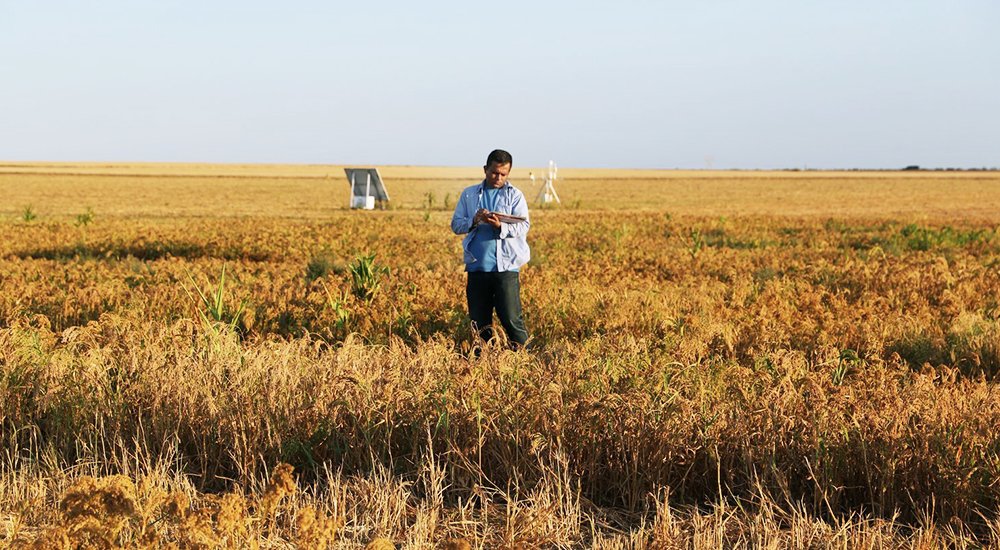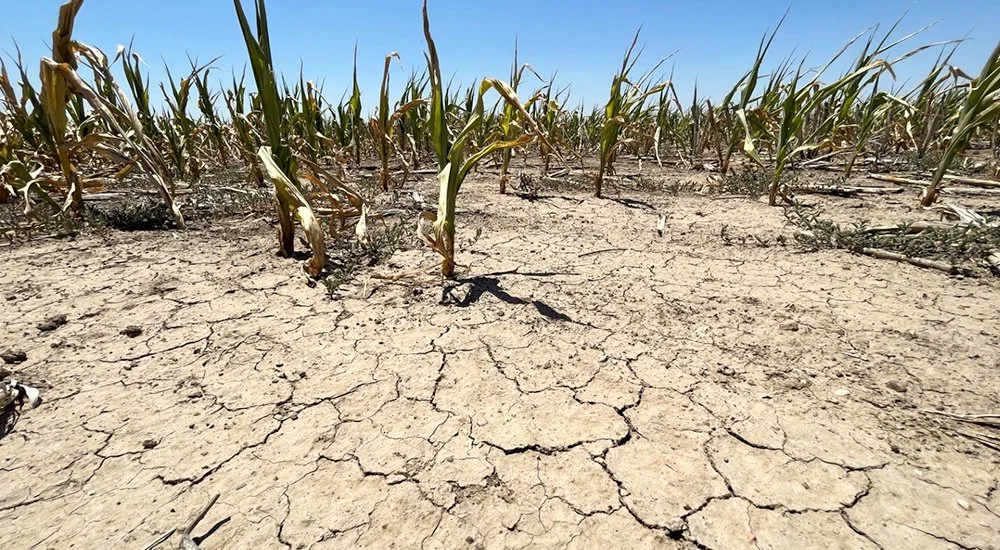Sustainable Farming
How the ancient grain of proso millet impacts these practices
Regenerative agriculture has been a hot topic of conversation these days, but sustainable farming practices are nothing new to many farmers across the planet. As farmers have implemented sustainable, climate-conscious practices on their farming operations for centuries, the conversation now focuses on how these farmers can capitalize even more on their sustainable farming practices in support of regenerative agriculture.
There’s no coincidence that these sustainable farming practices have been around for centuries, just like proso millet. Proso millet stands out as a climate-friendly crop that requires minimal inputs, making it an excellent choice for farmers who want to reduce their environmental impact.
But how does this wonder grain improve sustainable farming practices? Let’s discuss:
#1 | A Water-Efficient Grain
One of the most significant advantages of proso millet is its ability to efficiently use water.
Unlike other crops that require frequent rainfall, proso millet only uses what it needs (13 inches of rainfall per acre), thanks to its shallow root system.
How shallow? Proso millet roots stretch to a whopping 4-5 inches in length, and source water from the top two feet of soil. This means that farmers can save water while still producing a high yield.
#2 | Minimal Inputs Required
In addition to its water efficiency, proso millet requires fewer inputs than other crops, making it a more sustainable and profitable option for farmers.
While corn needs 80-100 pounds of nitrogen to produce a top yield, proso millet only needs about 20-25 pounds per acre. That means applied nitrogen is reduced by 75-80%.
Think about where else those dollars could be implemented in your farming operation!
#3 | Produce More Crop Per Year
When grown in a wheat rotation, proso millet’s conservative nutrient requirements also allow the soil to be more nutrient rich for the next crop rotation. As proso millet only grows to be 3-4 feet tall, this crop is able to take the available nutrients and water and produce more grain per drop of water/nutrients.
Additionally, proso millet can be planted on no-till acres. When planted into no-till acres, proso millet can help build organic matter within the soil and control weeds as a thorough ground cover.
By increasing yields and improving agronomics, Dryland Genetics is helping farmers to produce more grain with fewer resources, benefiting both the environment and the farmer’s bottom line.
If it’s already a water-efficient crop, and you have that same crop producing more per acre with no additional inputs, you’re improving the efficiency of the crop. This is what we’ve been able to prove with our proso millet seed varieties.
Overall, the use of regenerative agriculture practices, such as growing proso millet, can have a positive impact on the environment, the farmers, and the consumers. It can lead to healthier soils, higher crop yields, and more sustainable food production.
Learn how you can start growing proso millet in your operation today.

